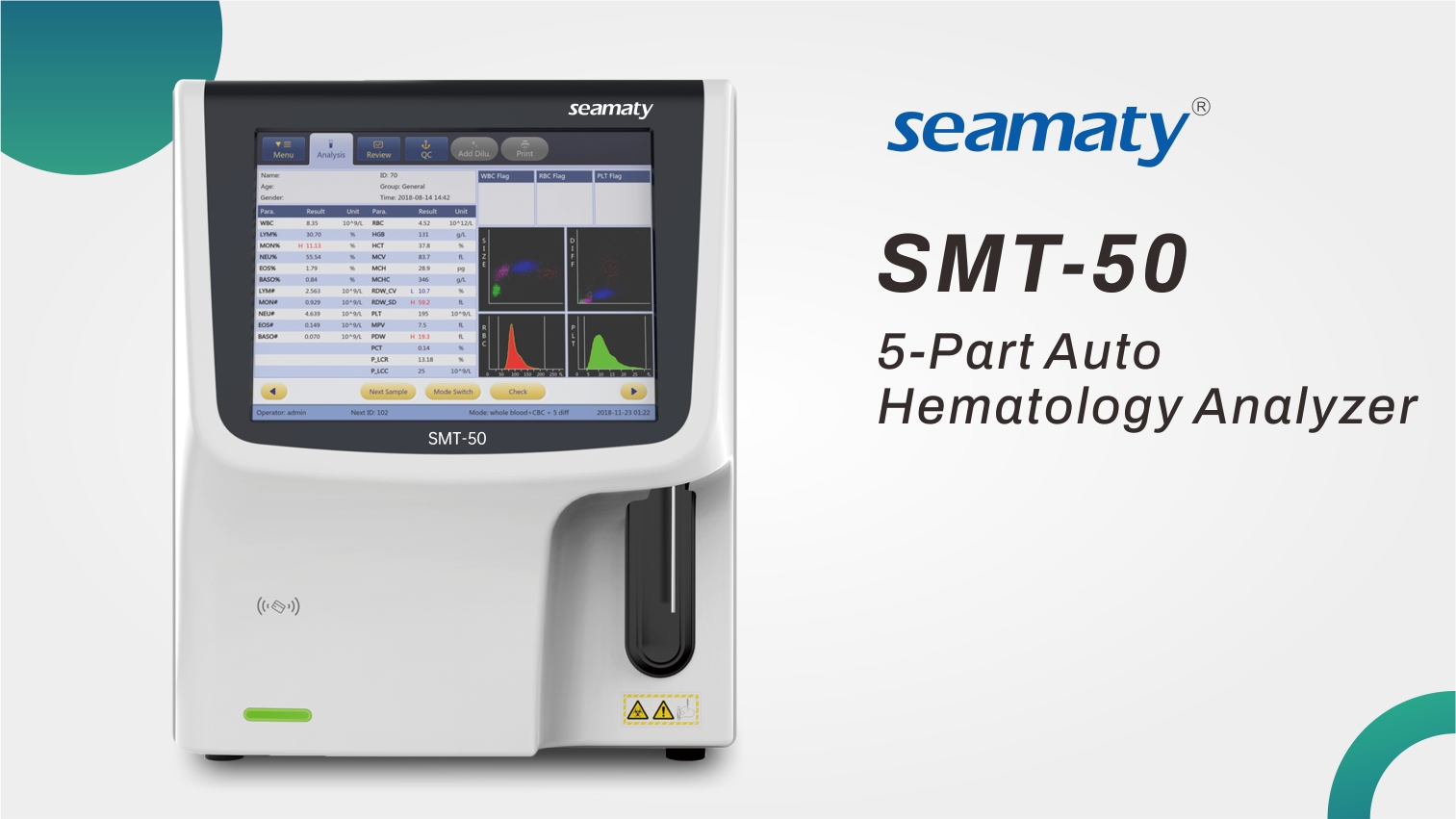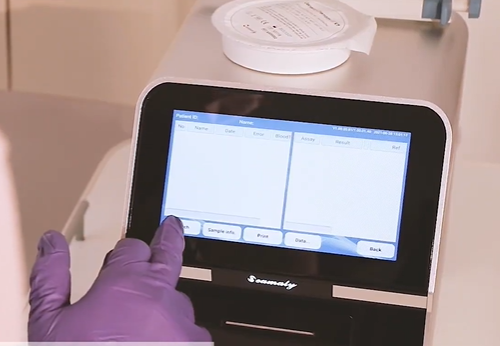release time:2022-03-03 16:05:18
Life science and medical instrumentation includes a variety of different systems. Examples include in vitro chemistry analyzers, flow cytometry analyzers, infusion pumps, dialysis equipment, ventilators, catheters, and other devices. In vitro chemistry analyzers utilize many electrochemical and optical techniques to analyze blood, urine, cerebrospinal fluid, and other biological samples.
Among the most widely used techniques are optical measurements, examples of which include colorimetric, absorption, spectroscopic assays, and fluorescence detection methods. Chemical substances such as antigens, molecules and proteins can be measured in body fluids by these means. Because these techniques allow for rapid measurement functions with high sensitivity and high accuracy even when detecting small doses of chemicals, they are widely used at all levels of hospitals, clinics, and services such as immunization stations.


2022-09-15
Hematology analyzers (also spelled haematology analysers in British English) are used to count and identify blood cells at high speed with accuracy. Hematology analyzers are also an essential piece of medical equipment in hospital clinical laboratories and laboratories.

2022-07-05
The earliest blood testing machines were based on the principles of capacitance and photoelectric colorimetry, which could only determine red blood cells and white blood cells, and were susceptible to interference from a variety of factors.

2021-11-15
Biochemical tests, like blood tests, are used to check your pet's health. However, it is different from blood tests. Blood tests can only check red blood cells, white blood cells and platelets. The veterinary biochemistry analyzer can test a much wider range. Here are 9 common ranges of veterinary biochemistry analyzers.